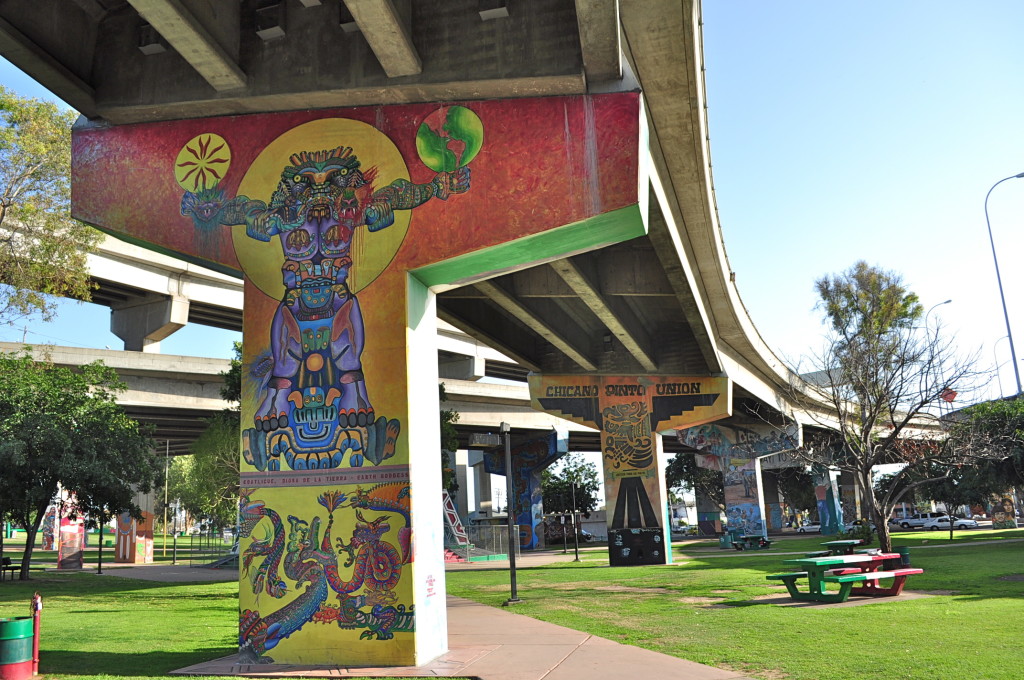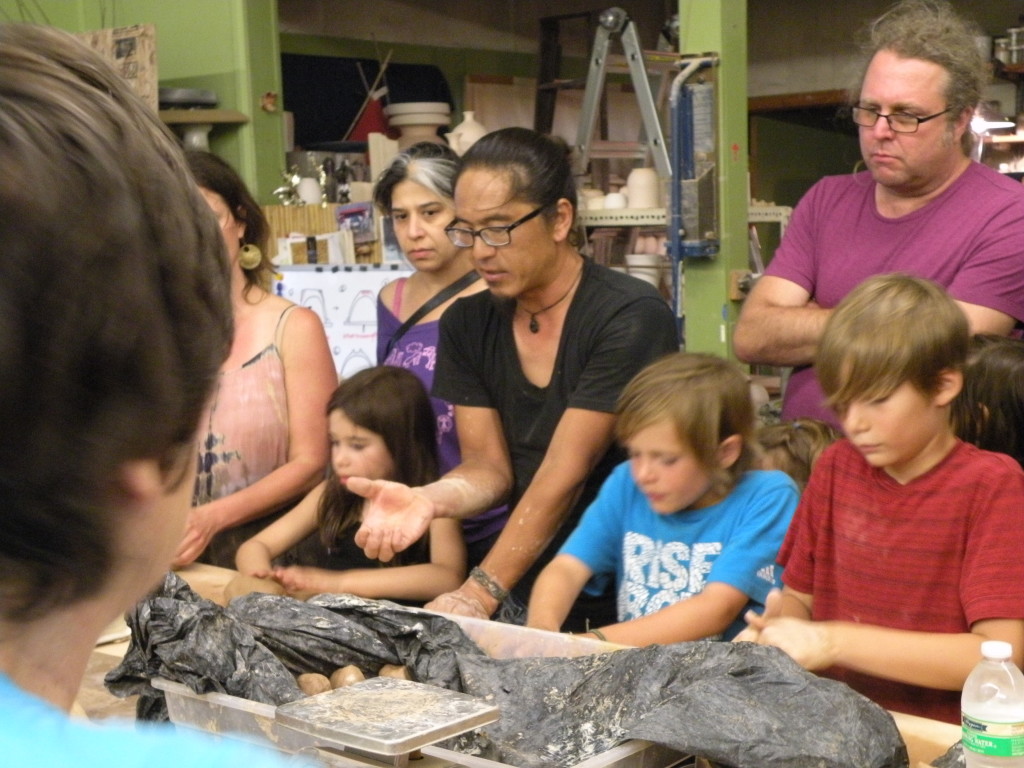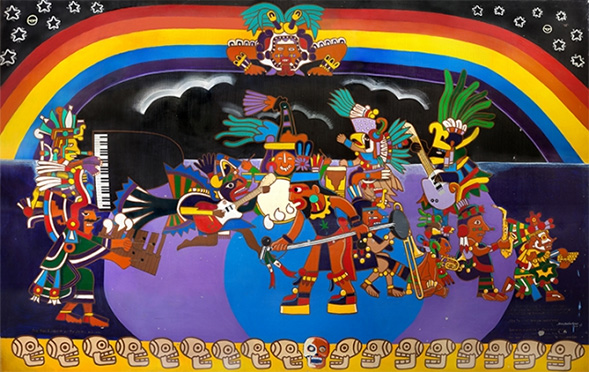Global Hawk Funding
Northrop Grumman RQ-4 Global Hawk
Air Force Announces $3.2 Billion
In Global Hawk Funding
The U.S. Air Force announced that it will continue to fund the development, modernization and sustainment of the Northrop Grumman RQ-4 Global Hawk through the end of fiscal year 2025, at a funding level of $3.2 billion.
Orders for the aircraft will be made by the end of fiscal 2020. Air Force officials cited the Global Hawk’s much lower operating costs as its reason for selecting the platform — a drop of 40 percent in the last three years.
The platform will eventually replace the aging U-2 fleet, which is planned for retirement from 2016 through 2019.
Potential modernizations of the platform include a new electro-optical sensor, which could take up about half of the new funding, according to a report by Reuters.

Civic San Diego Approves Two
Downtown High-Rise Projects
The Civic San Diego board of directors has approved for City Council consideration a proposed 45-story, 296-unit mixed use development at the northeast corner of Broadway and Pacific Highway in the Columbia neighborhood of Downtown.
The proposal is by Bosa Development California II Inc. It is designed by Kohn Peterson Fox Associates, which also designed a similar tower under construction across Broadway to the south. The project would have 15,130 square feet of ground floor commercial space.
If approved, construction would begin in 2016.
Civic San Diego also approved the design and related permits for Lennar Multifamily Communities’ proposed 21-story tower and five-story mid-rise, mixed-use residential development at 460 16th St. in the East Village. Designed by Carrier Johnson Inc., the development would include 368 studio, one- and two bedroom apartments and about 19,000 square feet of commercial space. Construction would begin early next year.

Decline in County Crop Production Blamed
On Drought and Rising Cost of Water
The total value of San Diego County’s agricultural production decreased in 2014 for the first time since 2009 — from $1.85 billion in 2013 to just under $1.82 billion — according to the annual crop report released by the county Department of Agriculture, Weights and Measures.
The total number of acres in production also dropped — by 12.1 percent —the largest decrease in 18 years.
Eric Larson, executive director of the San Diego County Farm Bureau, said there was even a bright side to the 1.77 percent decrease in total agricultural value, coming after four straight years of increase.
“The slight drop in production value comes as no surprise in light of the challenges faced by farmers from the drought and the rising cost of water,” Larson said. “In fact, the change is small enough to be seen as a testament to the resolve of farmers to overcome the water issues.”
San Diego County Agricultural Commissioner Ha Dang said that resolve blended well with the county Board of Supervisors’ commitment to agriculture both as an industry and a way of life.
“Our growers continue to find effective ways to address challenges like the drought and invasive pests,” Dang said.
The Crop Report, which can be seen online, stated that each of the top three crops — ornamental trees and shrubs; indoor flowering and foliage plants; and bedding plants, color and herbaceous perennials — increased in value in 2014.
The fourth most valuable crop, avocados, which has been greatly affected by drought and water prices, dropped 22 percent in value.
Wine grape values, which in 2012 saw a huge boost in interest and a 512 percent increase in value, increased by a modest .88 percent in 2014 to roughly $6.6 million. However, acres in production jumped 9.6 percent to 923 acres — capping a 121 percent increase in acreage since 2011.
Cacti and succulents, meanwhile, jumped 64 percent in value, from roughly $26.5 million in 2013 to $43.4 million in 2014.

Building Industry Association Honors
Affordable Housing Project and Developer
Alpha Square, a $47.6 million, six-story, mixed-use development in East Village that will house the homeless and low-income individuals, has been recognized by the Building Industry Association of San Diego as San Diego’s Best Affordable Project in 2015.
Carlsbad-based Chelsea Investment Corp., the developer of the project, was named San Diego’s Builder of the Year 2015. The awards were made at this year’s BIA ICON awards, which honor excellence and innovation in the home building industry.
Jim Schmid, who served as chairman of the BIA in 2014, is CEO of Chelsea Investment Corp.
Alpha Square will replace Hotel Metro, a nearby single-room occupancy hotel whose current residents will be welcomed to Alpha Square when it opens later this month.
Averaging 260 square feet, all fully furnished studio apartments at Alpha Square will feature a full bathroom, cooktop and air conditioning, plus Internet access, cable television and telephone service for all residents. Building amenities will include a computer lab, multipurpose room, laundry facilities, a community courtyard and a landscaped rooftop deck and terrace. Case management and an array of supportive services will be provided by Alpha Project for the Homeless, a nonprofit organization that also operates the Hotel Metro.
Through vouchers provided by the San Diego Housing Commission, the tenant will pay 30 percent of their income, and the federal government will pay the balance of the monthly rent. Rental assistance will stay with the unit when an occupant moves out.
Borre Winckel, CEO of BIA San Diego, said this was the first time the Builder of the Year award was presented to a developer of affordable housing.

Viejas Casino Opens Expanded Gaming
Floor and Adds 1,000 New Slot Machines
Viejas Casino & Resort in Alpine has officially opened the newly expanded section of its gaming floor, including the addition of 1,000 all new slot machines. The 15,000-square-foot expansion includes a new state-of-the-art promotion stage and open access to an ultramodern escalator bank that leads to a new hotel tower, opening later this month.
“This marks the first step in our most ambitious plan of growth to date,” said Viejas Tribal Chairman Robert Welch. “The ongoing development of Viejas continues to resonate in many positive ways for the San Diego area, both economically and in establishing a strong foundation for the future of our culture.”
The central feature of the year-long development culminated with the Oct. 30 grand opening of Viejas’ second luxury hotel tower.

General Atomics Gets Army Contract
For Improved Gray Eagle Drones
General Atomics Aeronautical Systems Inc. has been awarded a production contract by the U.S. Army for 19 Improved Gray Eagle (IGE) Unmanned Aircraft Systems to be delivered by September 2018.
IGE is a next-generation advanced derivative of the Army’s Gray Eagle UAS that has accumulated over 228,000 flight hours since 2008. Developed on Internal Research and Development funds, General Atomics built on the success of its Gray Eagle predecessor. The company said it delivers improved capabilities that will perform ISR collection and close air support of ground forces.
“We are very pleased that the Army has awarded us this production contract for IGE, which delivers a high-value solution for accomplishing multiple mission types, all at an affordable cost,” said Linden Blue, CEO. “IGE provides better endurance, additional payload capacity, easier maintenance, and extended life cycle of critical components.”

Rep. Vargas Seeks National Historic
Landmark Status for Chicano Park
Is Chicano Park worthy of National Historic Landmark status? Congressman Juan Vargas has introduced legislation that, if passed, will find out.
Vargas’s Chicano Park Preservation Act (H.R. 3711) would instruct the Secretary of the Interior to conduct a study of the park to evaluate its national significance and determine the feasibility of its becoming a National Historic Landmark.
“Chicano Park has been the center of cultural history since its opening in the 1960s,” said Vargas. “It is home to the largest collection of outdoor murals in the entire country. It’s a unique space in San Diego that represents a community’s accomplishments through activism.”
The park is located under the San Diego-Coronado Bridge in Barrio Logan, a community with a heavy population of Mexican Americans. It is adorned with murals, sculptures, and landscaping. The park was created after a group of residents came together to boycott the construction of a Highway Patrol station on the site. In 1980, the park was designated as an official historic site by the San Diego Historical Site Board. In 2013, Chicano Park was listed on the National Register of Historic Places due to its association with the local Chicano civil rights movement in San Diego.
“Chicano Park is so much more than just a recreation area,” said Vargas. “It is a sacred space and should be celebrated not only for its beauty, but also as a symbol of what a community can achieve while working together. I want everyone who visits our community to be able to experience the life and beauty of this site. Designating it as a National Historic Landmark will preserve this site for generations to come.”

Throwing Bowls for McKinley Elementary
This is not a typical Friday night at Kouta Shimazaki’s San Diego Ceramic Connection. The place is crawling with volunteers.
On one side of the shop on Thorn Street, people are crammed shoulder to shoulder on both sides of a long wooden table, each person kneading a clump of clay into a shape resembling a big brown teardrop. Occasionally, Kouta will step in and give hands-on lessons on how to shape the clay.
On the other side of the room, several seated volunteers are busy working with clay on spinning pottery wheels, shaping the clay into 4 and ½-inch diameter bowls that later will be fired and painted. The technique is called “throwing a bowl” and Kouta’s Friday night spectacle is called a “Throwathon” that will last until the very early hours of the next day.
The event attracts adults, teens and children who come to Kouta’s place to work and have fun.
Several Throwathons are held each year to produce the thousands of ceramic bowls that will be sold to visitors at the annual SoNo Fest and Chili Cook-Off, a December festival that has grown so huge in popularity that Kouta is hard-pressed to make enough bowls for the event.
During the festival — which will be held on Sunday, Dec. 6 this year — chili recipes from competing restaurants will be sampled by the crowds of visitors, all eating from the bowls specifically made for the occasion. Everyone who samples the chili can vote for their favorites. Local celebrities and politicians will crown the winners.
The free event, sponsored by San Diego Ceramic Connection and the McKinley Elementary School Foundation, benefits McKinley Elementary School. It evolved from a chili cookoff that Kouta had been running since around 1998. The SoNo name comes from a blending of the two communities, South Park and North Park.
“This event has evolved from a small group of friends and patrons gathering to eat chili and have a good time into a major street festival and fundraising event to benefit McKinley,” said Kouta. “The people in our community have really pulled together to make this a success and that’s something I’m proud to be part of.”

SDSU’s Rock ‘n’ Roll History
Some say music isn’t as important as it used to be. They argue that songs don’t contain the same social, cultural and political charges as they did in earlier decades. But according to Seth Mallios, an anthropologist at San Diego State University, popular entertainment remains a catalyst for social change.
“The acts that have played at SDSU have defined crucial moments in history — and they continue to do so,” Mallios said.
Mallios has spent the last five years studying SDSU’s rock ‘n’ roll history which dates back to the early ’60s. More than 3,000 concerts have taken place on campus, featuring big names such as Ella Fitzgerald, Bob Dylan, The Ramones and Lady Gaga.
Although genres have shifted over time, messages in music are a constant — stories of love, heartbreak, loss, uprising and revolution are present in the songs, regardless of the decade.
Many of these songs were echoed in a tiny concert venue located in unfinished lanes in SDSU’s old bowling alley. The Backdoor served as the stage for a number of classic acts, many of whom unknowingly walked past a vibrant painting located near the rear stage entrance.
Mallios has been instrumental in restoring the Backdoor Mural, which is one of the most important cultural artifacts of SDSU’s rock ‘n’ roll history. With the support of donors — such as Aztec Parents, Steve and Susan Weber, the President’s Leadership Fund and dozens of supporters through SDSU Strive — the now infamous Backdoor mural has received a second chance in the spotlight. It was unveiled at an Oct. 29 ceremony.
Painted in 1976 by students in Professor Arturo Anselmo Roman’s Chicano art class, the artwork serves as a glimpse into the height of SDSU’s bustling music scene which simultaneously coincided with pivotal moments for Chicano activism.
“SDSU’s rock ‘n’ roll history is extraordinary; yet most San Diegans have no idea,” Mallios said. “So many of us have had favorite musical moments on Montezuma Mesa, but virtually no one knows how they all fit together to make this campus the rock ‘n’ roll epicenter of the region.”
Mallios and his co-author Jaime Lennox’s anthology titled “Let it Rock!” details SDSU’s concert repertoire. According to their research, SDSU has hosted more live music shows than nearly any other college campus. The books include an array of performances, from Joan Baez to the Grateful Dead, Ray Charles to Adele.
Each book contains pictures and personal accounts from concert attendees.

